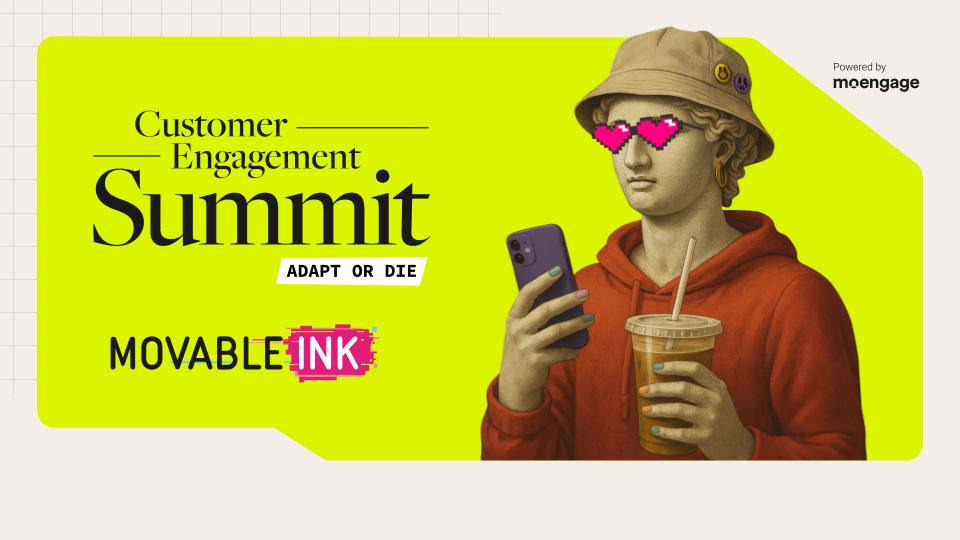If you’ve missed the boom in BNPL, where have you been? Over the past few years, Buy Now, Pay Later (BNPL) has become one of the most popular consumer financing trends. The flexible payment option blends an app-first approach, short repayment terms, and rewards that ramps-up brand loyalty.
As consumers and retailers jump on the bandwagon of flexible financing, BNPL providers, such as Afterpay, Klarna, and Affirm, are solidifying themselves as power players in the market. With 56% of global consumers now using a BNPL service, there's something every financial service company can learn from BNPL providers and their rapid expansion.
Here's what financial services marketers need to know from the latest BNPL trends and how they can position themselves for growth as consumer behaviors shift.
Purchases Become More Practical
During the pandemic, more than half of consumers claimed that they would replace their credit card with a BNPL service. Today, with inflation, a shaky economy, and the rising cost of living, consumers are turning to BNPL to make essential purchases, such as groceries. While food only made up 6% of BNPL purchases in 2021, this year brought explosive growth, with a rise of 95% in U.S. grocery purchases and 64% in restaurant transactions.
So while BNPL's initial claim to fame started with retail purchases and, more recently, as a way to help pay for travel, it's expected that using BNPL for grocery and dining-out bills will continue to rise as customers have less discretionary income to spend. BNPL companies feel like they have just as big a right to be the primary payment option as Credit Cards or cash so expect them to expand their offerings as consumer priorities continue to shift.
Rewards Programs Are a Differentiator
BNPL may be skyrocketing, but providers have all eyes on customer retention going into 2024. Rewards programs are quickly proving to be a valuable offer to consumers and a powerful way to compete with credit card reward programs. Currently, 16% of 18 to 34 years olds use BNPL, creating a massive opportunity to grow that number and foster relationships with younger generations for years to come.
On top of that, it's projected that by 2024, 4.2% of eCommerce transactions will use BNPL. This means the competition will continue to heat up as other big financial institutions enter the playing field. A perfect example of this is Apple's recent announcement introducing its new product, Apple Pay Later. BNPL providers will need to drive home the value of utilizing their services even more, including highlighting the great rewards and offers available in their loyalty programs.
Three Quick Tips to Keep Up With the Market
- Clarity on Payment Terms & Reminders - Offer clear and flexible payment terms. Currently, 31% of BNPL users have made a late payment or incurred a fee due to a lack of awareness around payment due dates. This results in a negative user experience that could impact their behavior in the future. Brands can help minimize late charges by making it easy to access online support or break down payment terms for individual products across marketing communications both in and outside of their apps.
- Integration and Engagement Across the Entire Purchase Journey - The largest players’ bread and butter has traditionally been to integrate with shopping platforms , emerging categories (such as Etsy or Wayfair), and eCommerce checkouts as part of acquisition. Now, brands are looking to offer customers BNPL in store to maintain engagement and loyalty throughout the full lifecycle. By creating seamless omni-channel experiences, brands can engage customers from pre-purchase to final payments. Marketers can build personalized product recommendations and offers and drive in store shopping by integrating an API directly into their mobile app or email marketing campaigns.
- Personalize the Experience Using Zero Party Data - BNPL marketers often have blind spots in their data as they often hand-off to merchant-owned sites when customers are browsing. Brands can support customer-centricity by building-out customer profiles, leveraging zero party data. For example, by creating polls in email and mobile marketing campaigns, marketers can make customer segment profiles based on lifestyle, interest, or goals and use this for tailored communications throughout the lifecycle.
The growth of BNPL demonstrates that customers won't wait for financial services' historically slow innovation. By putting customer needs first, both at the point of sale and throughout the marketing journey, financial services marketers can offer customers what they want while building and maintaining loyalty.



.png)




